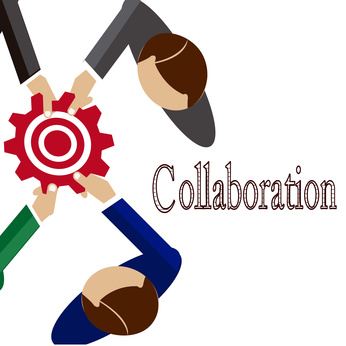
My most successful clients consider collaborative planning a no-brainer. In its simplest form, collaborative planning is partnering with your customers, suppliers and other supply chain partners to effectively plan the end-to-end supply chain. Why wouldn’t we do this together?
For example, if your customer knows of an upcoming event for their customer, if we are working in silos, we continue to plan for their typical usage. However, what we should be doing is planning for the impact of the event. We are all busy, and so it is unlikely the customer will think about calling to tell us about the upcoming change. They probably expect that we’ll be ready with what they need when they need it as is commonplace in today’s Amazon impacted environment. On the other hand, if we were utilizing collaborative planning, it would be a natural part of the process to communicate this type of information. It could be automated or just built into part of the routine.
By collaborating, we create a win-win-win. The customer has what he needs when he needs it without having to go out of his way and deviate from his typical process. The supplier has information in advance about an upcoming event and so can modify plans as appropriate to better serve his customer at the lowest inventory levels and maximum efficiency levels. The end customer wins because he receives what he needs when he needs it. And the supplier’s supplier will probably benefit as well because he is likely to have better information as to what the supplier will need to support the event sooner than he would otherwise.
There are software tools and best practice processes for collaborative planning; however, I’ve found the simple approach often works best. Set up the right relationships, processes and systems and communicate frequently.


